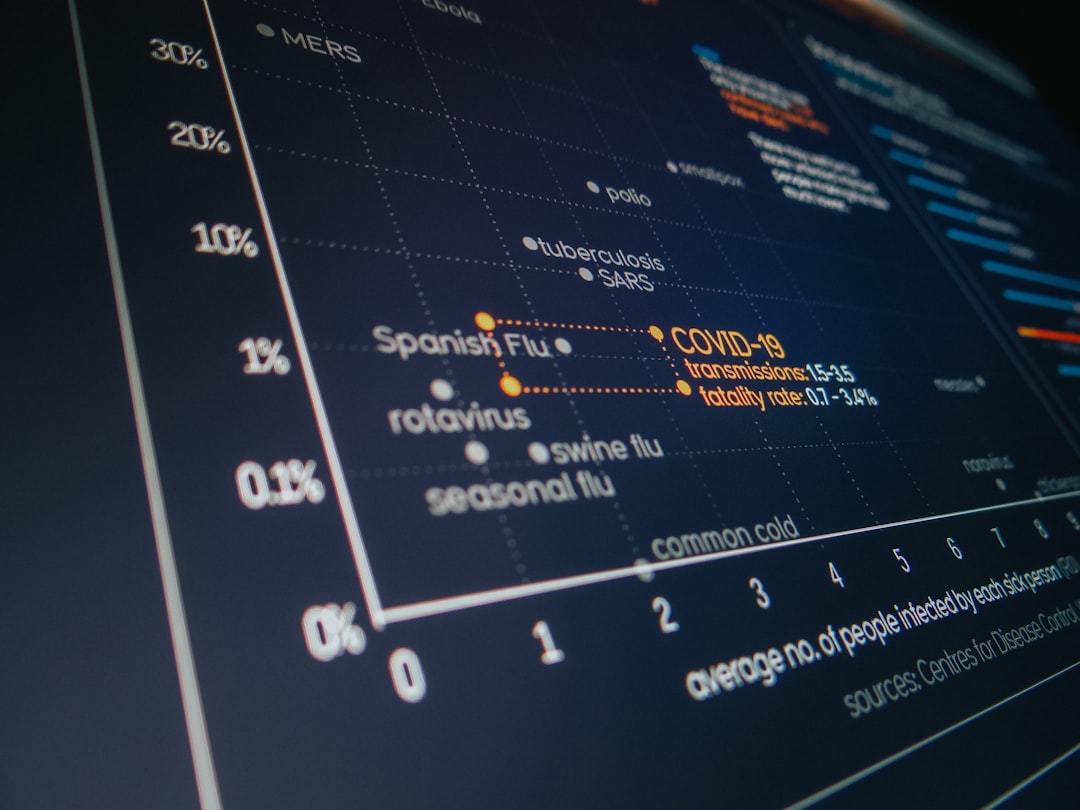In the evolving landscape of data science, time series forecasting remains a critical technique used in sectors such as finance, healthcare, energy, and retail. With the advent of artificial intelligence (AI) coding tools, data scientists and analysts have been able to significantly enhance their forecasting accuracy and speed. From automating repetitive tasks to suggesting model optimizations, AI tools are transforming the way time series problems are approached.
AI coding tools, such as GitHub Copilot, Amazon CodeWhisperer, and tools integrated into Jupyter Notebooks or IDEs like VS Code, are designed to assist programmers by providing intelligent code suggestions, automating syntax, and improving code readability. These capabilities become especially valuable when dealing with complex time series forecasting models that often involve intricate statistical and machine learning algorithms.
Streamlining Data Preprocessing
One of the fundamental challenges in time series forecasting is preparing the data for analysis. Time series data often comes with missing values, seasonal trends, and anomalies that can skew model accuracy. AI coding tools help by:
- Auto-suggesting code for cleaning and filling missing values using appropriate imputation methods.
- Recommending transformations such as differencing, normalization, or logarithmic scaling to stabilize series with high variance.
- Generating visualizations to detect patterns and anomalies in the data.

By automating these steps, AI tools dramatically reduce the time spent on data wrangling, allowing analysts to focus more on modeling and strategy.
Accelerating Model Development
Developing forecasting models involves choosing the right approach—ARIMA, SARIMA, Prophet, LSTM, or even hybrid models. AI coding assistants enhance this process in several ways:
- Suggesting model templates based on the libraries being used, such as TensorFlow, PyTorch, or statsmodels.
- Highlighting errors and offering corrections in real-time, reducing debugging time.
- Auto-completing complex functions and suggesting methods for parameter tuning.
For example, if a user is implementing a Long Short-Term Memory (LSTM) model for predicting stock prices, an AI coding tool can provide model architecture snippets, suggest optimal activation functions, and even recommend validation strategies.
Optimizing Forecast Accuracy
After the initial model is built, improving its accuracy becomes the top priority. AI tools can contribute by identifying better practices and code implementations to boost performance. Some benefits include:
- Offering ensemble model suggestions that can improve predictive stability.
- Recommending cross-validation techniques suited for time series, such as TimeSeriesSplit.
- Suggesting performance metrics beyond RMSE and MAE, adapting to the problem type.

Improving Documentation and Collaboration
Good documentation is key for team collaboration and future reproducibility of time series models. AI-powered coding tools assist not just in writing code but also in explaining it. Through natural language suggestions, these tools offer:
- Auto-generated docstrings outlining function inputs, outputs, and purposes.
- Code summarization that encapsulates what various script sections perform.
- Comments that enhance code clarity and make it accessible to team members unfamiliar with specific libraries or methods.
These functionalities are especially beneficial in enterprise environments, where collaborative projects are common and onboarding new developers requires seamless transition of knowledge.
Conclusion
AI coding tools are not just intelligent autocompletes—they are multidisciplinary assistants that bring speed, efficiency, and enhanced performance to time series forecasting. Whether you’re an experienced data scientist or a beginner exploring your first datasets, these tools can significantly shorten the learning curve and amplify the impact of your work. As AI continues to evolve, its integration into coding environments will only deepen, empowering more accurate and timely forecasting solutions for businesses and research alike.
Frequently Asked Questions (FAQ)
-
What types of AI coding tools are commonly used for time series forecasting?
Most users leverage tools like GitHub Copilot, Amazon CodeWhisperer, Kite, and built-in AI in IDEs such as VS Code, Jupyter Notebooks, and PyCharm. -
Can AI coding tools build entire forecasting models on their own?
While current tools cannot build full models autonomously, they can suggest model architectures, syntax corrections, and even entire code blocks that speed up the development process. -
Do I need to be an expert in time series analysis to use these tools effectively?
Not necessarily. AI coding tools help beginners by guiding them through best practices and advanced techniques, making the learning curve more manageable. -
Are these tools useful in real-time or just during development?
They are primarily used during development, but some tools also assist in production code review and refactoring, helping maintain code quality over time. -
Do AI coding tools support non-Python languages for time series forecasting?
While Python dominates the data science ecosystem, some tools do support other languages such as R and Julia, providing similar guidance and suggestions.
